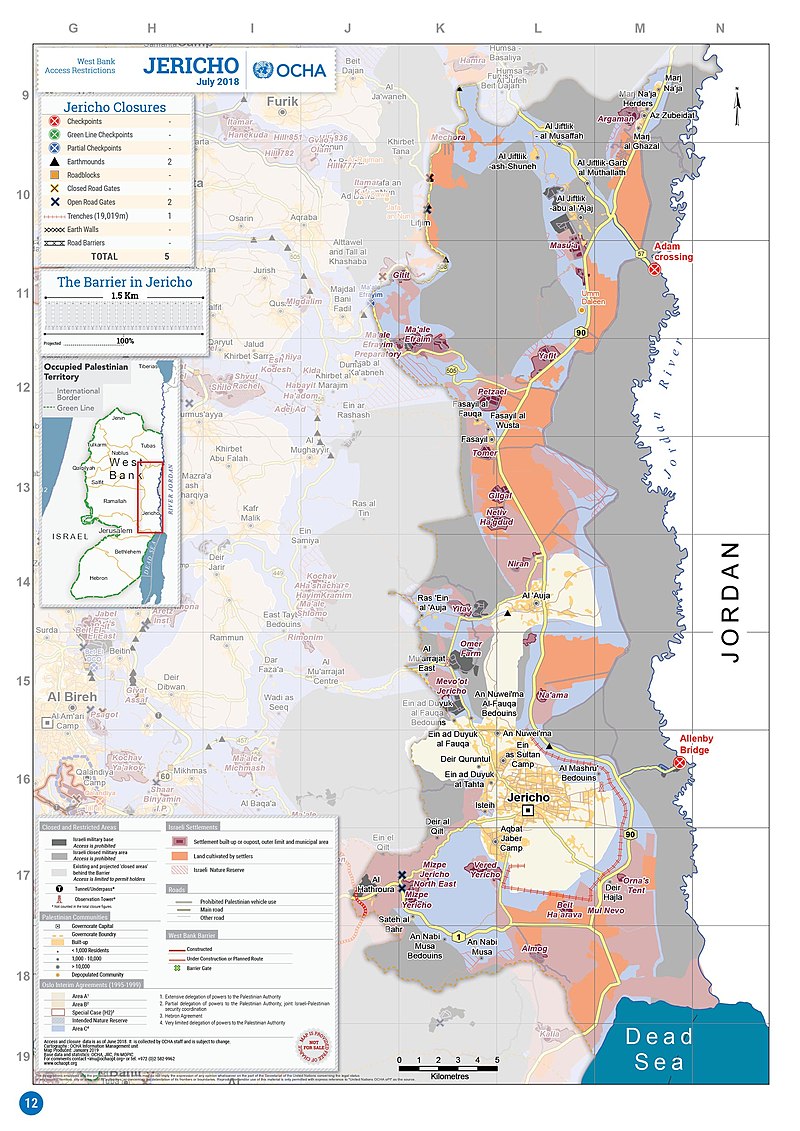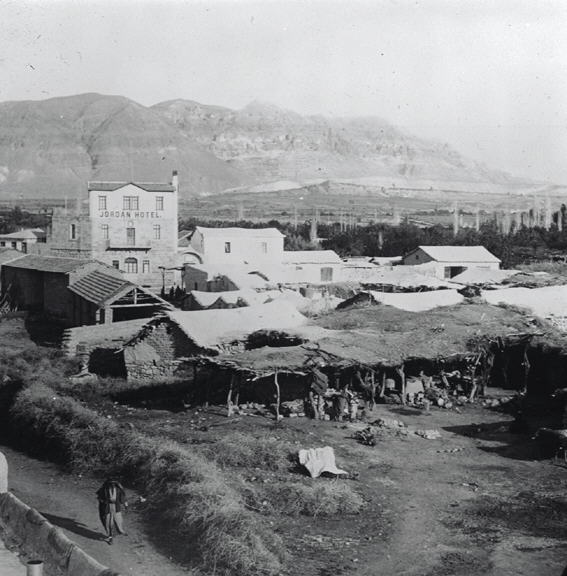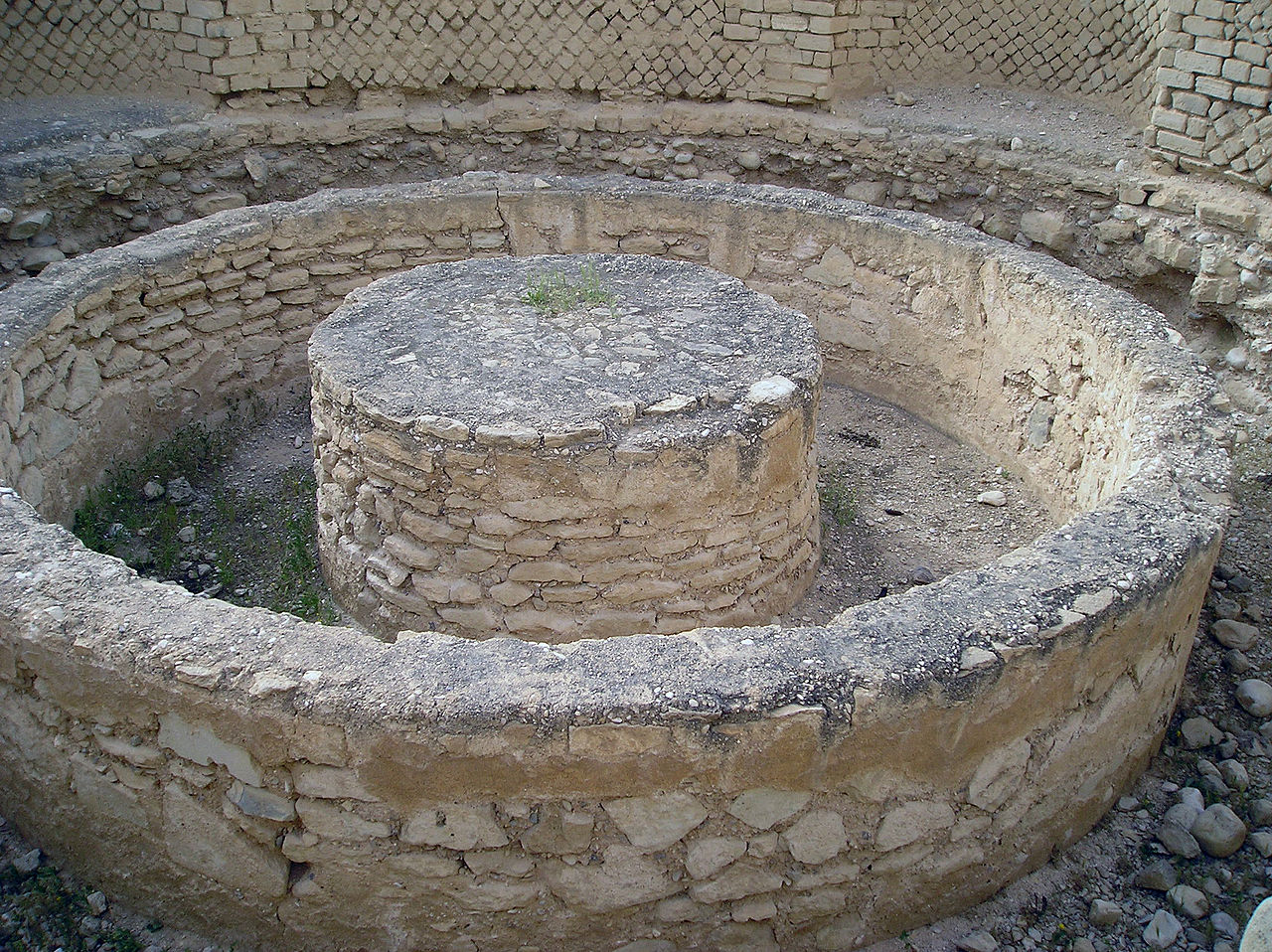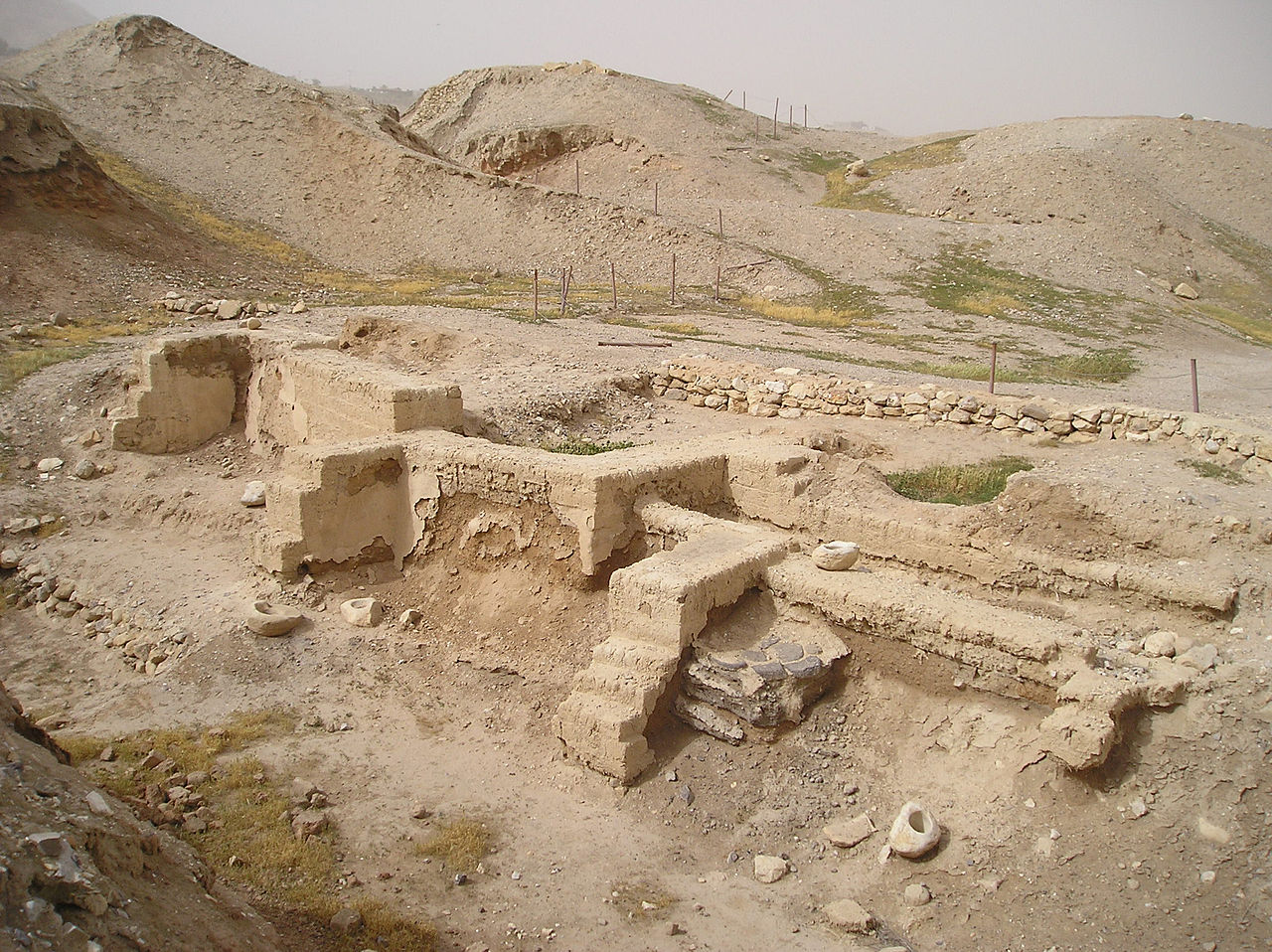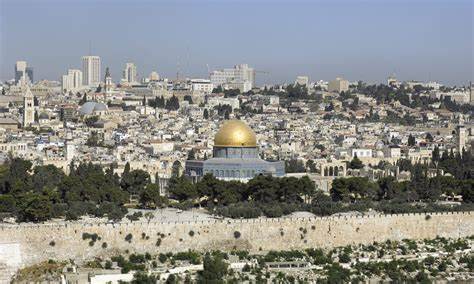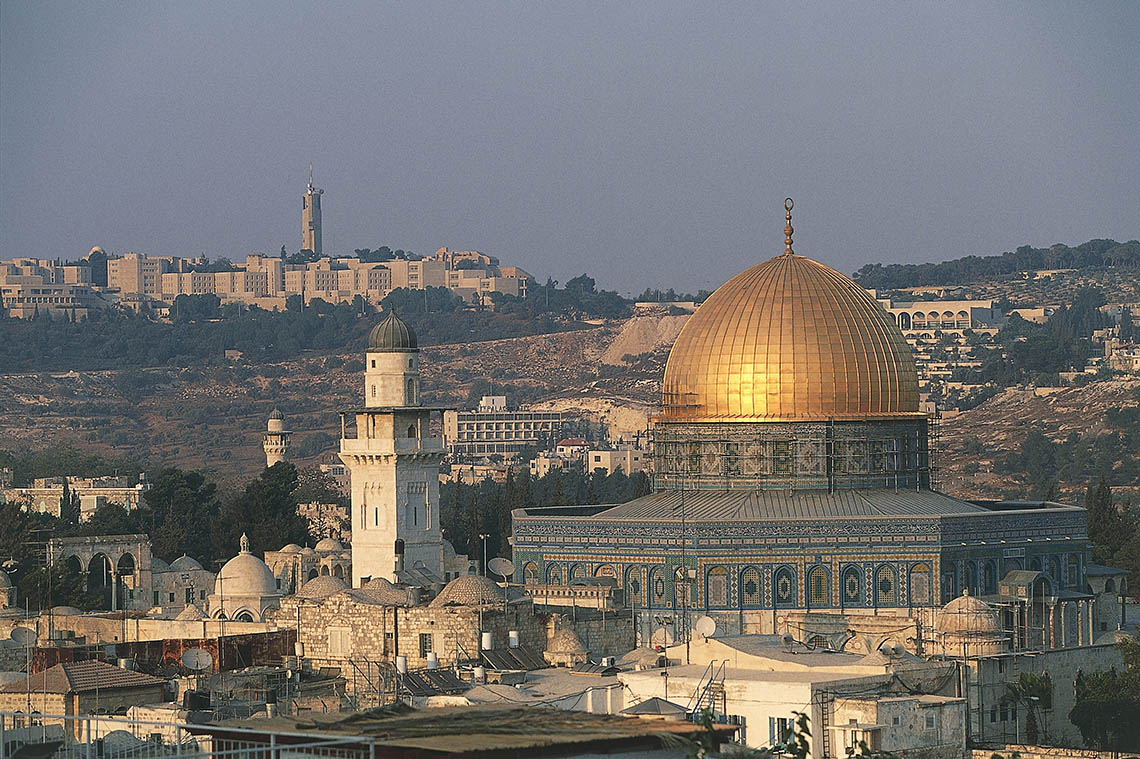
AsianOverland.net
Tour Guide - Itinerary
Asian Overland Sydney to London
Started 22/06/2022 Finished 21/06/2023365 Days ITINERARY
Day 293 date 10/04/2023PETRA, JORDAN to JERICHO, PALESTINE
ASIANOVERLAND.NET SYDNEY TO LONDON DAY 132/293/44: PETRA TO JERICHO, PALESTINE
“31 October, 1980
Early a.m. Smooth crossing over Allenby Bridge & “Massive impressive River Jordan
I wore my Mickey Mouse T shirt for the auspicious occasion of crossing into “Disneyland”.
We can’t take a double decker bus into Israel, so we leave GRUNT at the Dea Sea and take local buses to King Hussein Bridge (the Allenby Bridge), which has been replaced a few times and is currently a temporary army constructed bridge. We are going to travel to Syria after Israel and Jordan, so I’ve already told the punters that there is to be no mention of “Israel”, but we can refer to “Disneyland” instead.
As soon as we cross the bridge from the east bank to the west bank of Jordan, we are in an entirely different world, controlled by Israeli military, barbed wire, fortifications, embedded tanks, and many troops and security. We are given detachable paper visas which are not stamped into our passports, so we will be able to travel to Syria – Syria will not allow entry to any person with an Israel stamp in their passport. Every camera is taken and used to take a photo by the Israeli military, apparently to ensure it is not a bomb.
The taxis from the Jordan River to Jerusalem are stretch Mercedes, which are very comfortable for the drive through Palestinian territory, via the Palestinian city of Jericho, one of the oldest inhabited cities in the world and the city with the oldest known protective wall in the world. Archaeologists have unearthed the remains of more than 20 successive settlements in Jericho, the first of which dates back 11,000 years (9000 BCE).
"Palestine" and "Palestinians" are generally accepted to be translations of the Biblical name "Philistines", who settled on the southern coast of Palestine in the 12th century BCE.
The first clear use of the term Palestine to refer to the entire area between Phoenicia and Egypt was in the 5th century BCE, when Herodotus wrote of a "district of Syria, called Palaistine".
A century later, Aristotle used a similar definition for the region in Meteorology, in which he included the Dead Sea.
When Alexander the Great conquered the Persian Empire, Jerusalem came under Macedonian control, eventually falling to the Ptolemaic dynasty under Ptolemy I, one of Alexander’s Generals.
The term Palaistine was used to denote an official province called "Syria Palaestina" by the Romans in c. 135 CE.
After ancient Jericho, we travel to the Mount of Olives for a wonderful view of the old city of Jerusalem, surrounded by its massive walls. We want to concentrate on the Old City, so we stay at the Jerusalem Hotel, just outside the Damascus Gate.
Jerusalem was named as Urusalim on ancient Egyptian tablets (14th century BCE).
Jerusalem has been destroyed at least twice, besieged 23 times, captured and recaptured 44 times, and attacked 52 times according to Wikipedia.
From 1260 to 1517, Jerusalem was occupied and controlled by the Mamluk Caliphate.
In 1517, Jerusalem fell to the Ottoman Turks, who controlled and occupied Palestine including Jerusalem until 1917.
In 1538, the city walls were rebuilt for a last time around Jerusalem under Suleiman the Magnificent. Since then, the massive walls have defined the Old City, divided into four-quarters — the Armenian, Christian, Jewish, and Muslim Quarters.
Suleiman created the "international city" of Jerusalem from both legal and religious perspectives. Christian laws apply in the Christian and Armenian quarters, Muslim law applies in the Muslim quarter, and Jewish law applies in the Jewish quarter.
Apart from the wall, the most visible feature of Jerusalem is the Dome of the Rock, an Islamic shrine in the Old City of Jerusalem. It was initially completed in 692. The original dome collapsed in 1015 and was rebuilt in 1022–23. The Dome of the Rock is in its core one of the oldest existing works of Islamic architecture, and sits beside Al Aqsa mosque, the third holiest site in Islam.
© This work is copyright. Apart from any use permitted under the Copyright Act 1968, no part may be reproduced by any process, nor may any other exclusive right be exercised, without the permission of Peter Searle, peter@portseavillageresort.com; 1980-2024.
Website built by Justin O’Dea www.webdeveloperdocklands.com.au
